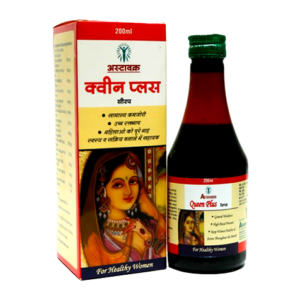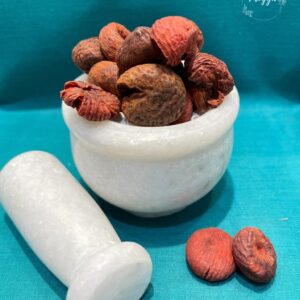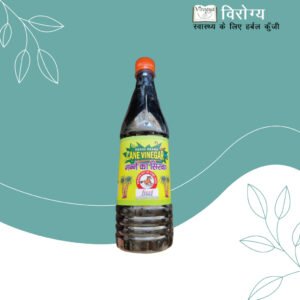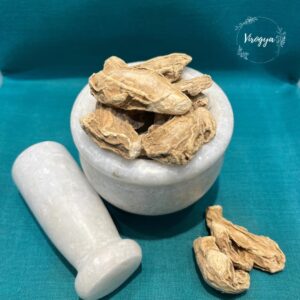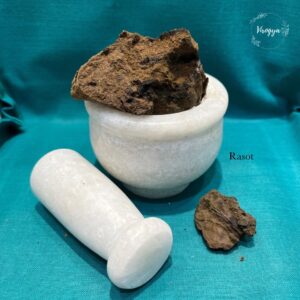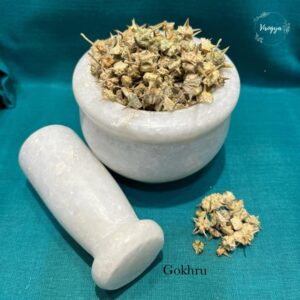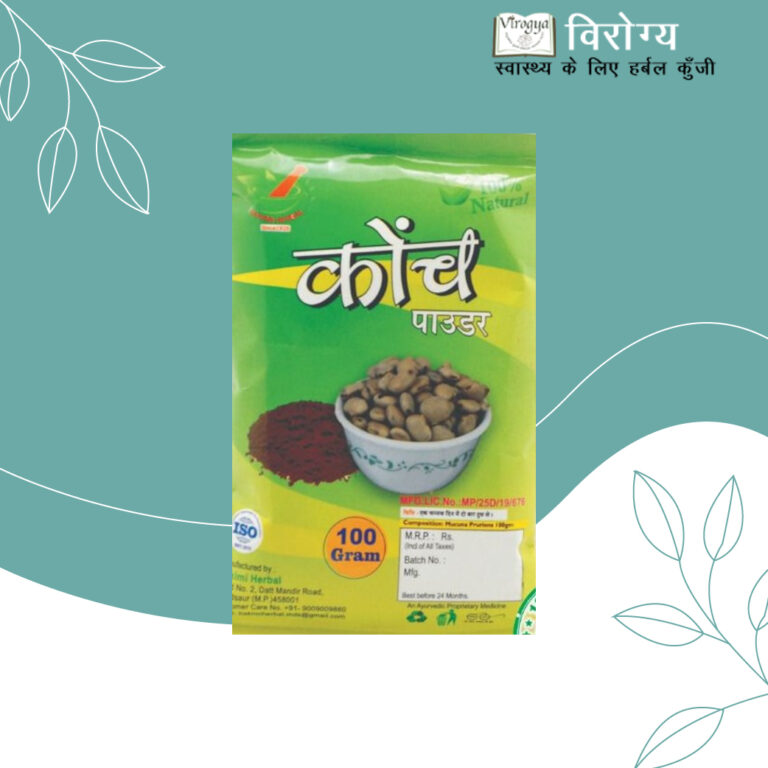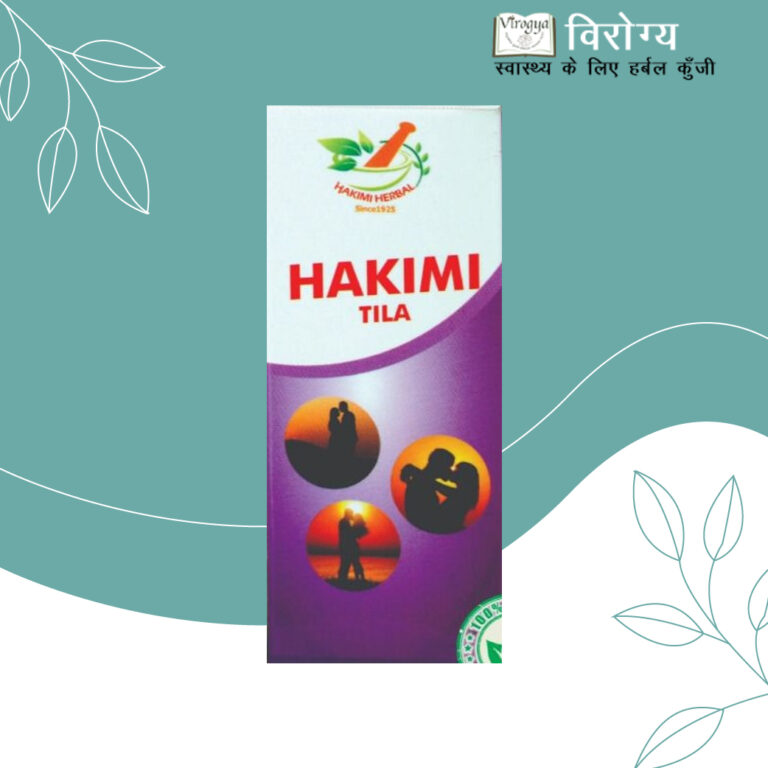Description
Behdana (also spelled Beheda or Baheda) is the fruit of the tree known as Terminalia bellerica, which is a large tree belonging to the family Combretaceae. It is widely used in traditional Ayurvedic medicine and is often referred to as Belleric Myrobalan or Indian Baheda.
This large deciduous tree grows widely in tropical and subtropical regions of India, Sri Lanka, and Southeast Asia. The fruit, which is round and brownish-yellow, is a potent herbal remedy, often found in various traditional formulations.
Plant Characteristics
- The Behdana tree is a large, deciduous tree that can grow up to 30 meters in height.
- It has oval-shaped leaves and produces small, yellowish-green flowers. The fruit is round, yellowish-brown, and about the size of a walnut.
- Triphala: Behdana is one of the three fruits used in the popular Ayurvedic formula Triphala, alongside Amalaki (Emblica officinalis) and Haritaki (Terminalia chebula). Triphala is known for its wide range of health benefits, especially in promoting digestive health and detoxification.
Cautions
- While Behdana is generally considered safe when used appropriately, overuse may lead to diarrhea or other digestive issues. It is best to use it under the supervision of an Ayurvedic practitioner, especially for long-term use.
- As with any herbal remedy, pregnant or breastfeeding women should consult with a healthcare provider before using it.





